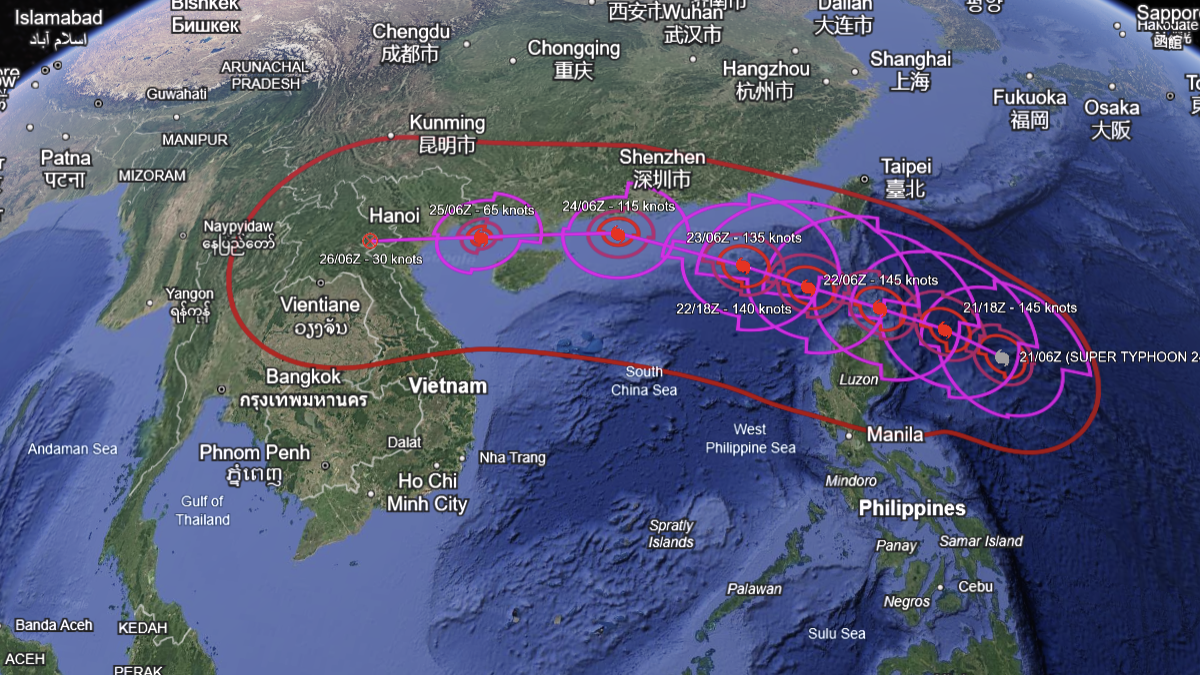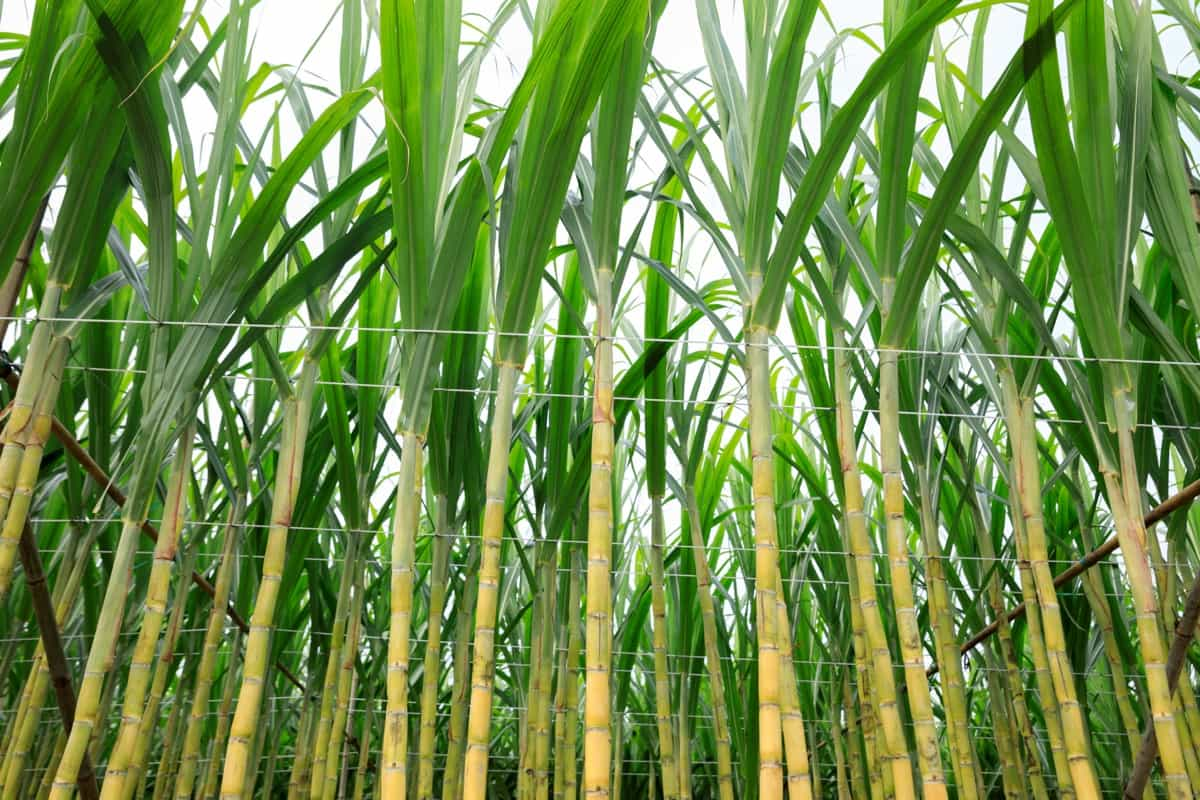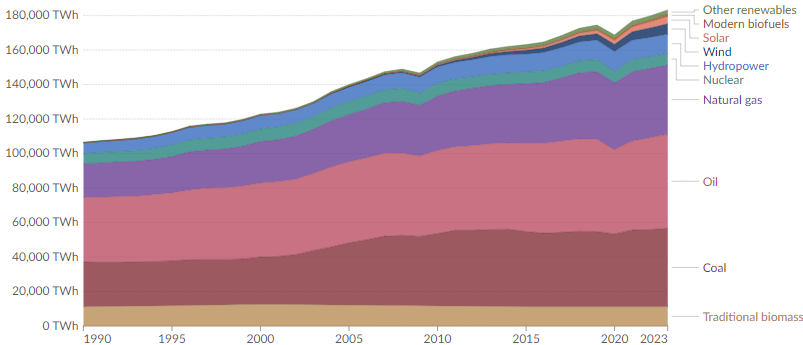World

World
03 Nov, 2025
Super Typhoon Ragasa Triggers Massive Evacuations in China and the Philippines
Milagros Bituin
The Chinese city of Shenzhen is undertaking large-scale evacuation efforts, preparing to relocate approximately 400,000 residents from coastal and low-lying areas as Super Typhoon Ragasa approaches southern China. Meanwhile, in the northern Philippines, thousands have sought refuge from intense gale-force winds associated with the storm.
Ragasa made landfall on Calayan Island, part of the sparsely inhabited Babuyan Islands, at 3:00 pm local time (0700 GMT), according to the Philippine weather agency. By 5:00 pm (0900 GMT), the typhoon's center sustained winds reached 215 kilometers per hour (134 mph), with gusts peaking at 295 kph.
Residents described the severity of the storm’s impact. Tirso Tugagao, living in Aparri, a town in northern Cagayan province, stated, "I woke up because of the strong wind. It was hitting the windows, and it sounded like a machine that was switched on."
On Calayan Island, Herbert Singun, an information officer at the storm's center, reported that part of a school roof was torn away and struck a nearby evacuation center, causing one minor injury. Over a video call, he noted the destruction of local coconut trees, explaining, "There were eight of them before. Now only four are still standing. That goes to show how strong this typhoon is."
Over 10,000 individuals across the Philippines have been evacuated as a precaution. Schools and government offices remain closed in Manila and 29 other provinces to ensure public safety.
In Guangdong province, authorities in multiple cities, including Shenzhen, have canceled classes, halted work, and suspended public transportation. Cathay Pacific, headquartered in Hong Kong, announced plans to cancel over 500 flights, with all passenger flights at Hong Kong International Airport suspended from 6:00 pm Tuesday until daytime Thursday.
Taiwan’s meteorological department has issued forecasts warning of "extremely torrential rain" particularly in eastern regions. The typhoon's broad storm radius of approximately 320 kilometers means the outer winds and circulation are already affecting parts of Taiwan. James Wu, a fire department officer, shared concerns over possible damage mirroring Typhoon Koinu from two years ago, pointing to risks such as collapsed utility poles and flying debris from roofs.
Philippine weather specialist John Grender Almario warned that northern Luzon could face severe flooding and landslides as Ragasa moves inland. The typhoon’s threat comes amid social unrest over corruption scandals related to flood control infrastructure, raising concerns about the effectiveness of disaster mitigation efforts.
The Philippines typically endures around 20 typhoons annually, a pattern that continually exposes millions to poverty and calamity. Scientists emphasize that climate change driven by human activity is intensifying storm strength, making events like Ragasa increasingly destructive.
Recommended For You

One Meralco Foundation Leads Reforestation Efforts in Laguna with Community Partners
Nov 03, 2025
Milagros Bituin

Senate Pro Tempore Demands Evidence for Alleged Flood Control Commission Claims
Nov 03, 2025
Milagros Bituin

SRA and HPCo Collaborate on Organic Pest Management to Protect Negros Sugarcane Farms
Nov 03, 2025
Vicenta Abadilla

Fuel Prices Set to Rise Again Amid Heightened Geopolitical Tensions
Nov 03, 2025
Vicenta Abadilla
